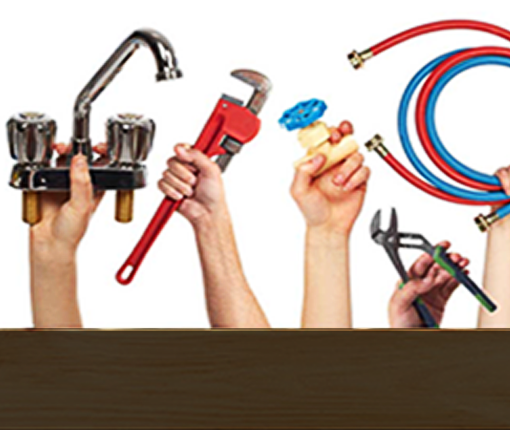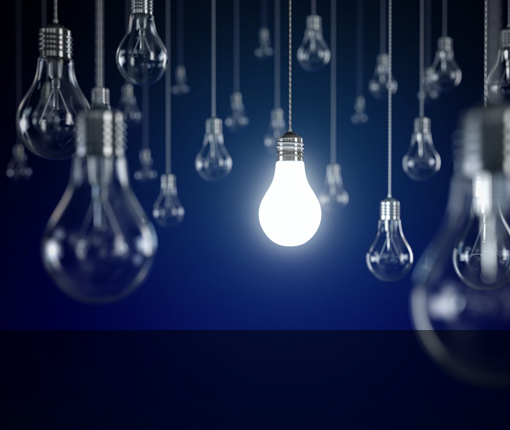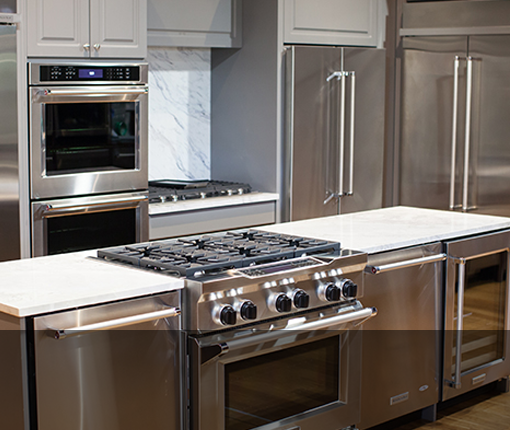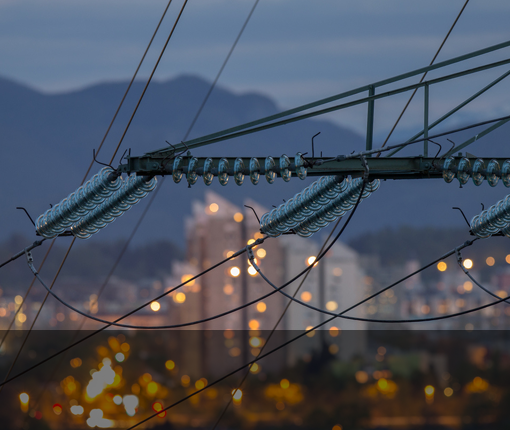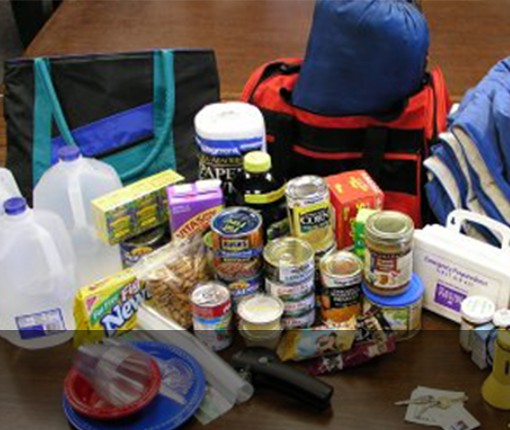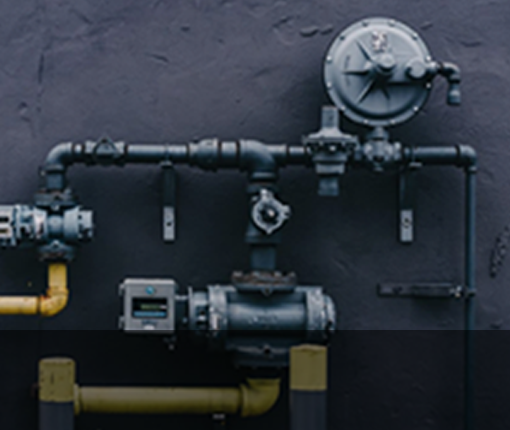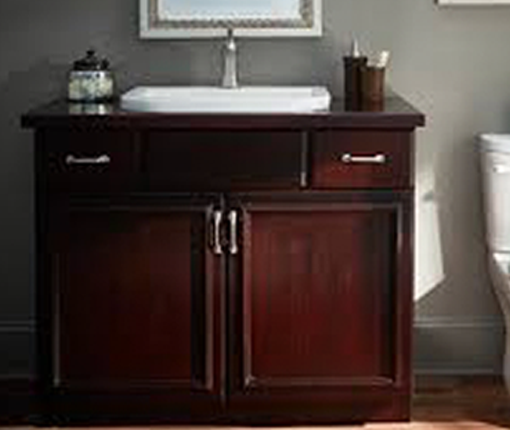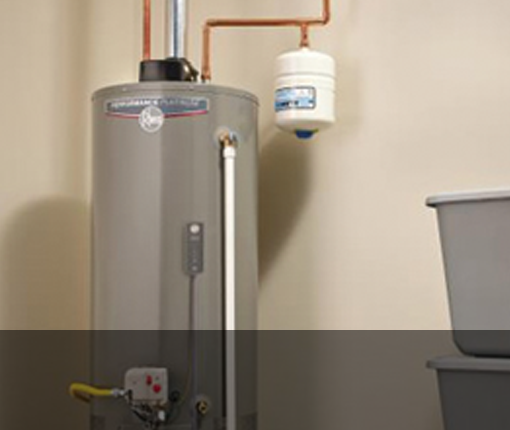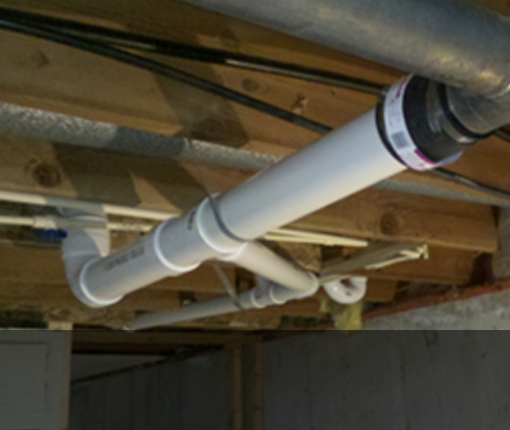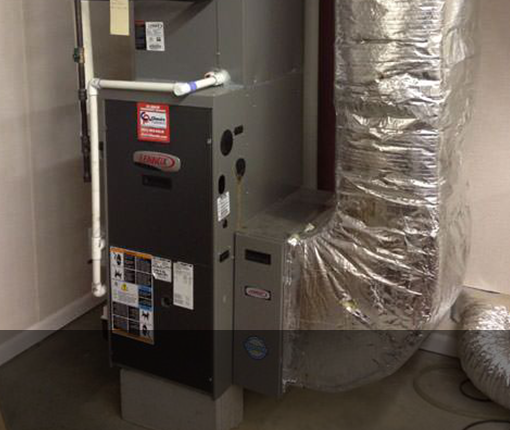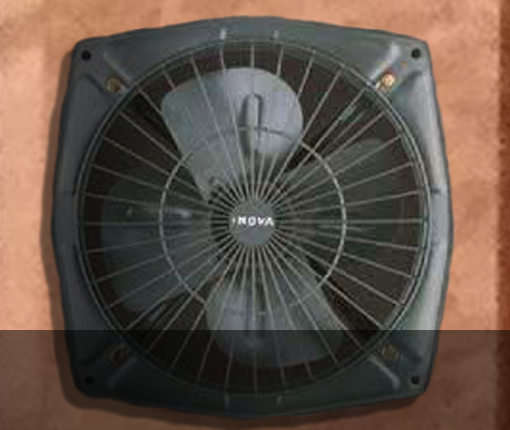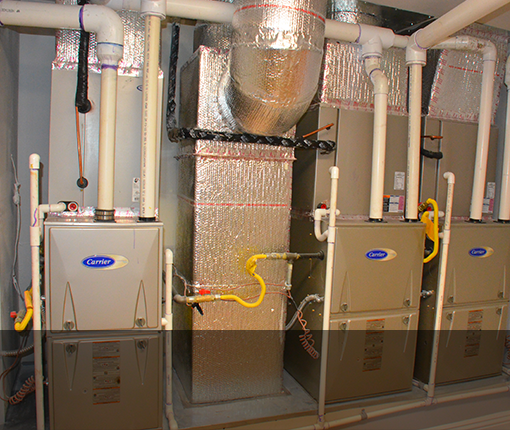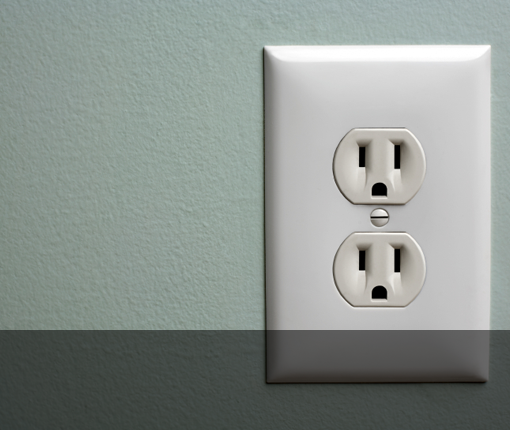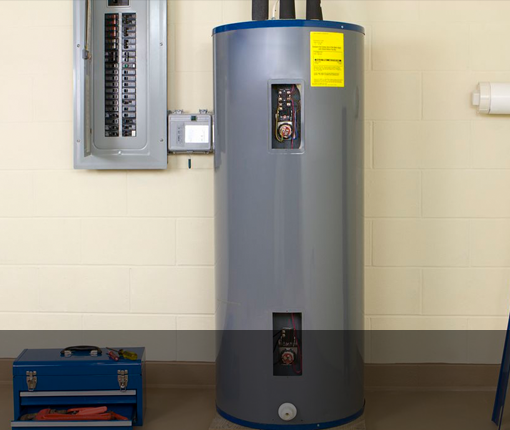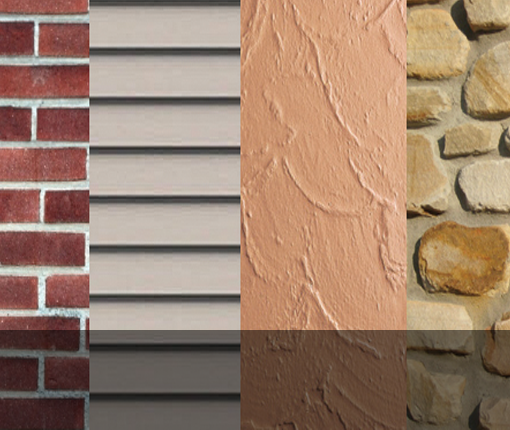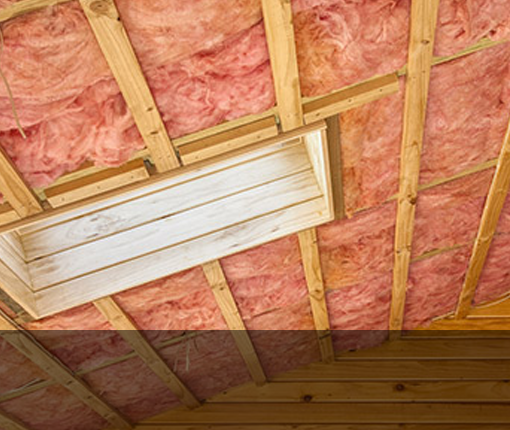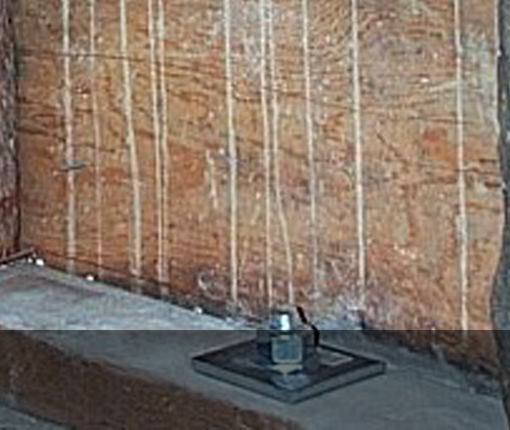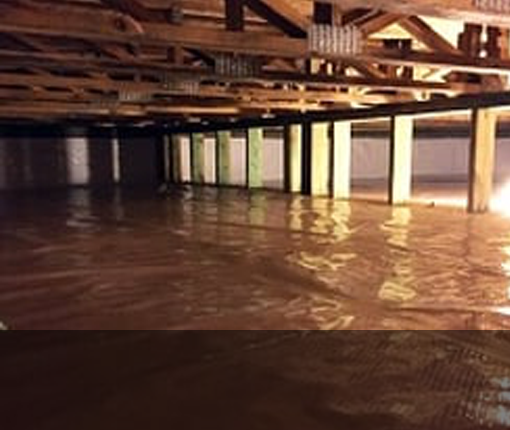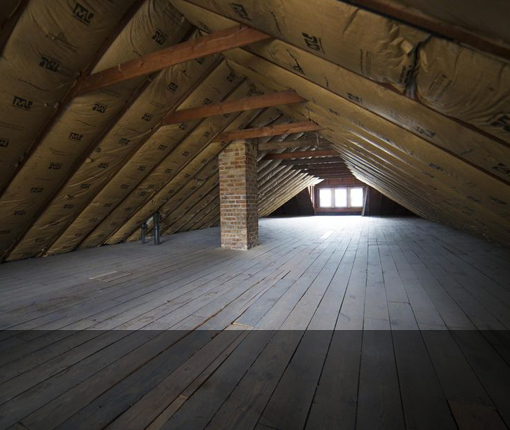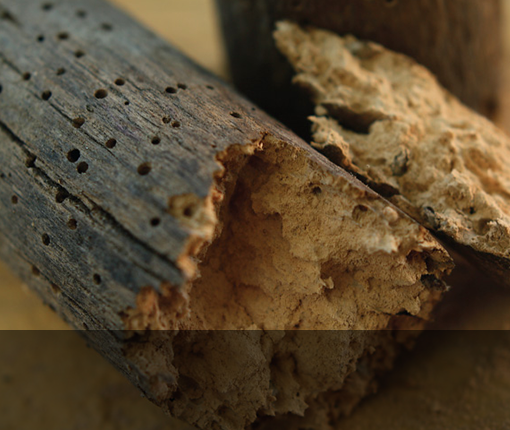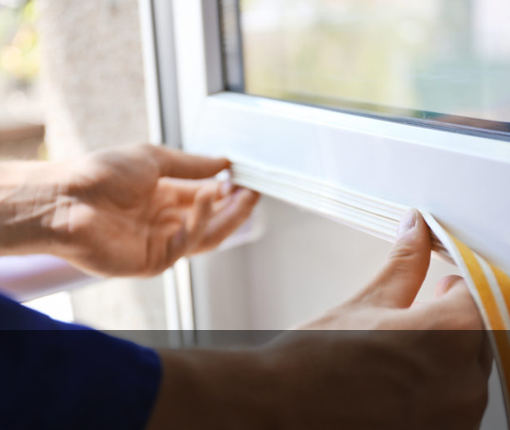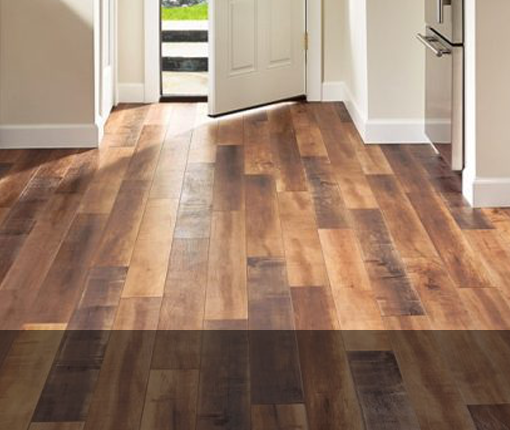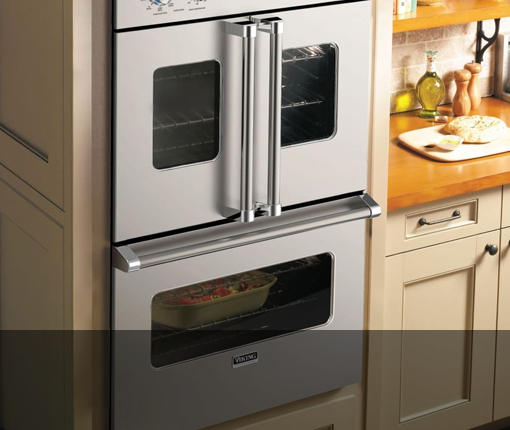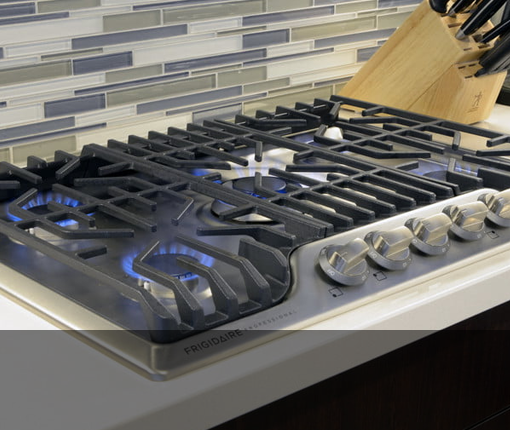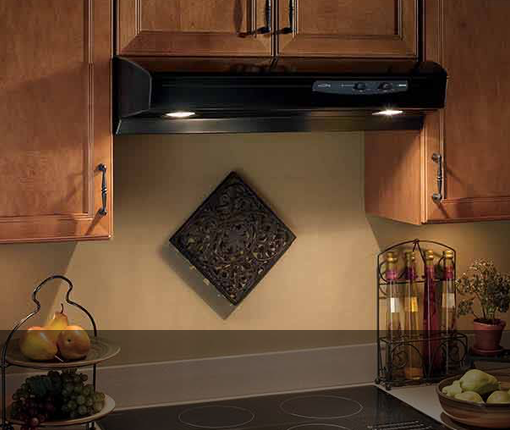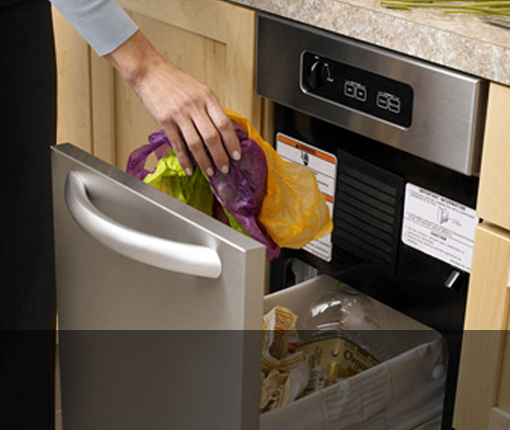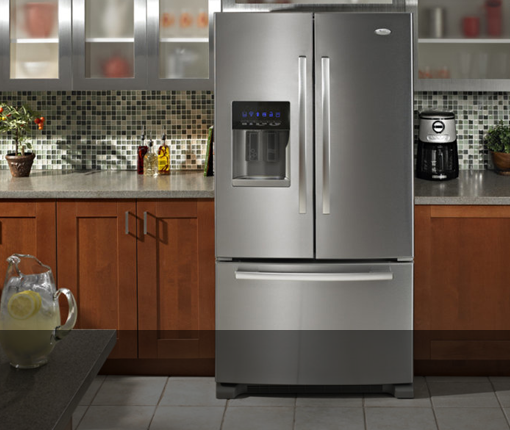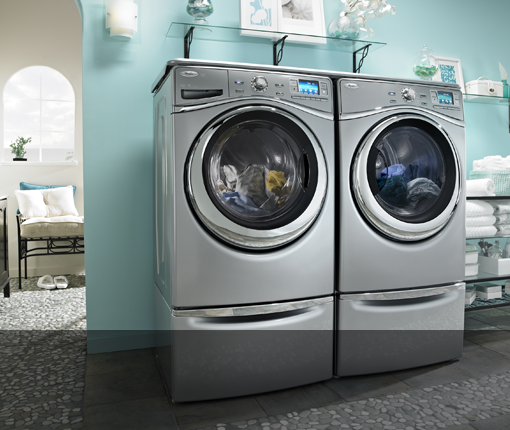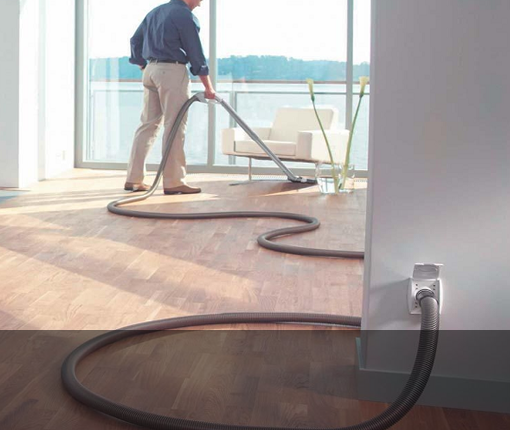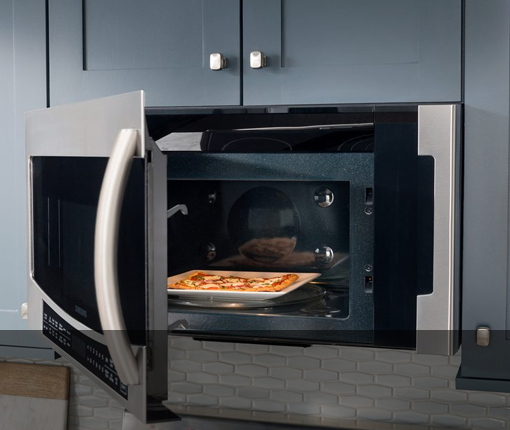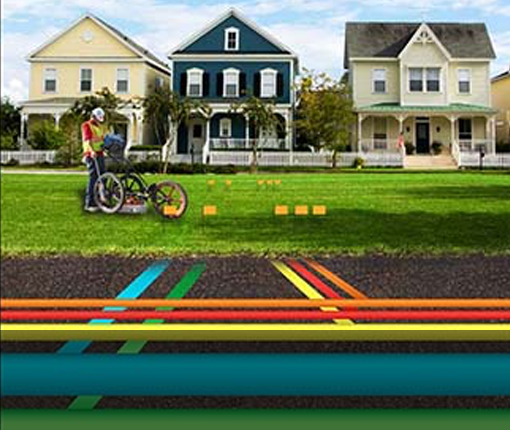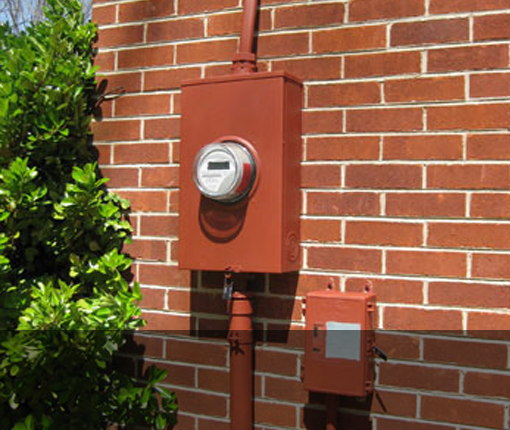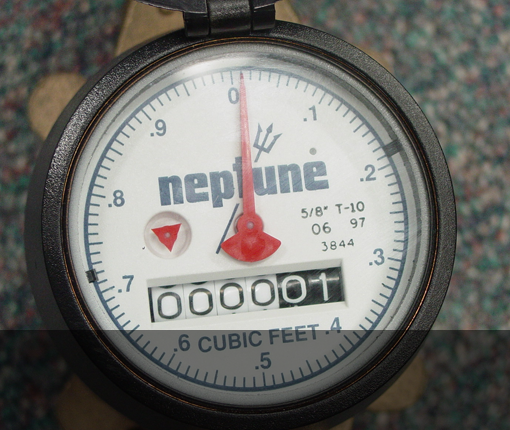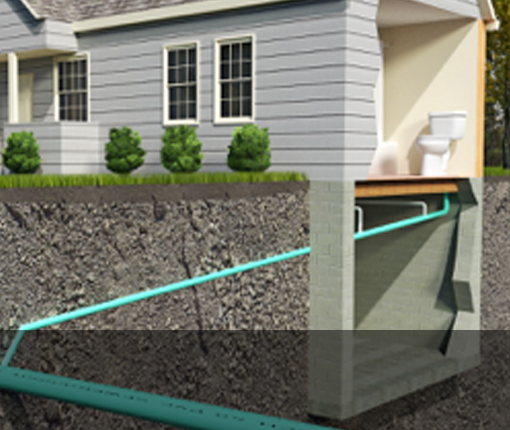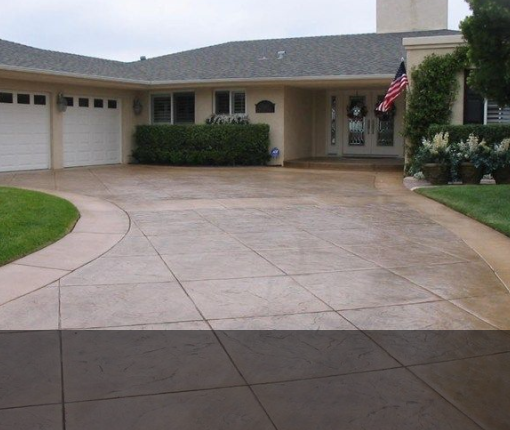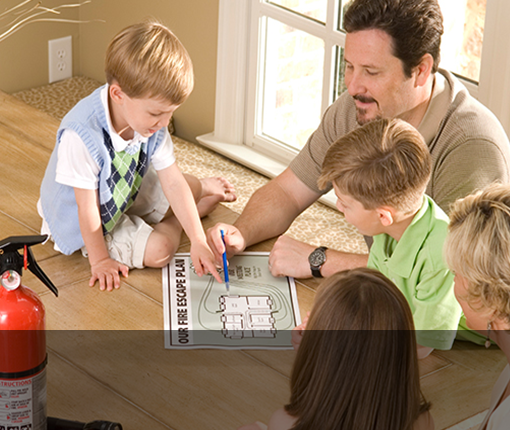Main Water Service

Your main water service is where the supply of water to your home comes from. If a major plumbing leak occurs, the first step is to turn off the supply of water to the area involved. You will be shutting off the water to the entire home. Since most of us do not live along streams anymore here are the most common sources of our water.
To-Do
- Find your water meter and main shut-off valve.
- Make note of their locations and affix a label so others will know where it is and what it does.
Maintenance
- 1x per year: Turn the main water valve fully through and back to starting position to make sure it works.
- 1x per year: Check for leaks around the main valve and meter
City or Utility Water

The city utility water supply is the most common these days. It consists of a meter (usually located in a ground-level box at the edge of the street) and a valve where you can hook your house to it. There are also check valves
and back flow preventers that keep any water from your property from flowing back into and contaminating the main water line that also feeds all your neighbors homes. The municipal water provider filters, purifies and pressurizes the water for you. The city also tests the water for impurities regularly and the test results are available to you on request. In many areas minute amounts of fluoride are added to the water as tooth decay prevention. Knowing the location of your meter and main water shut-off valve are important in case you have a burst pipe and need to turn the water off.
Wells
Humans learned long ago that in some areas there are trapped underground aquifers, lakes of water and even flowing underground streams. This water was usually clean and could be had by digging down to it and pulling it out. This works well (no pun intended) and is sometimes the only alternative in rural or isolated areas where there is no access to city utility water.
Wells in some areas produce more water than others and some can occasionally even go dry. So, wells have an element of risk associated with them. A well system includes the well itself, a pump (to pull the water out), a back-flow preventer, a holding tank (to store the water), a pressure pump and a main feed line to the house. The casing for your well must extend several inches above the surrounding grade level and be sealed. Sometimes there is a separate pump house to enclose all of this.
To-Do
- Locate your well and identify the various parts and label them.
- Find the main shut off valve and test it and label it same as above.
- Test your well for flow rate and water level.
- Have the pump motor, pressure switches and other equipment inspected and tested for proper and sanitary operation.
- Have your well water tested for impurities.
- Keep hazardous materials like paints, fuels, pesticides and fertilizers far, far away
Maintenance
- 1x per year: check the operation of all the various valves by turning them all the way from their starting point and then back again to their original position.
- 1x per year: have your well-water tested for bacteria, nitrites/nitrates and other contaminants
- Every 3 years: have a full professional well inspection and equipment test.
Pressure Regulators
The main water line in your home may be equipped with a pressure regulator. The regulator is located on the main water line. It comes preset to allow adequate water pressure, but not too much. Problems associated with high water pressure include damage to delicate toilet and other water valve parts or causing excessive hammering in your water lines.
To-Do
- Find out if you have pressure regulator on your water line. It looks like this.
- You can fine tune the water pressure in your home by turning the set screw on top of the regulator clockwise for more pressure and counter clockwise for less pressure. Be sure to reset the nut on the setscrew when you are finished.
Water Filters and Treatment Systems
No matter the source, your water is going to have some dissolved minerals and trace amounts of sand or other debris in it. Public utility water is usually aggressively filtered at the source. Unfortunately, by the time it travels through miles of pipe to your home, it can pick up plenty of debris.
Particle Filters

Particle filters are designed to remove sediments from the water. This is a good idea because the sediment is a problem. It can clog your faucet aerators, wear out your valves prematurely and settle into your hot water heater and toilet tank. If you have a hot water circulation system, particles in the moving water can actually blast holes in the bends of your copper pipes.
To filter water for the entire home, a large volume filter array needs to be placed at the main water entry point. The system needs to be located in a protected place, and easily accessible because the filters will need to be changed on a regular basis.
To-Do
- Check the aerator screens on your facets to see if sand or other debris is collecting there. If so, it would be good to explore installation of a filter system.
- If you have a filter system order extra filters in advance along with properly sized O-rings.
Maintenance
- 1x per year: Replace the filters with the appropriate types along with new o-rings at least every year.
Water Softeners
All water contains some levels of minerals dissolved in it. The minerals include, calcium, magnesium, iron, manganese, bicarbonates and sulfates. When the levels of these dissolved minerals exceed 7 grains per gallon the water is considered “hard”. Hard water can leave annoying spots and residue on glasses and build up on pipes and fixtures. Water softeners strip these minerals out of the water. Softer water definitely reduces the annoying mineral residue and spot build-up on dishes and pipes. Other than that, I have not seen any definitive data as to the health benefits or risks either way. If you have some information, feel free to submit it for review.
To-Do
- Have your water tested for “hardness” prior to the addition of any water softener system to confirm the need.
Maintenance
- Water softeners require periodic addition of salt to their brine bath.
- A regular backwash of the system is required which is usually self-performed automatically with the newer products.
Reverse Osmosis
R/O systems or reverse osmosis water treatment is effective at removing most questionable toxic materials from your water. We recommend that you test and analyze your water prior to purchasing any system. This will confirm that there is a true need for the filter. R/O systems should be used as stand-alone systems to provide a source for pure drinking and cooking water only. They not recommended for the treatment of whole house water because the PH of R/O treated water will damage copper plumbing and drains.

